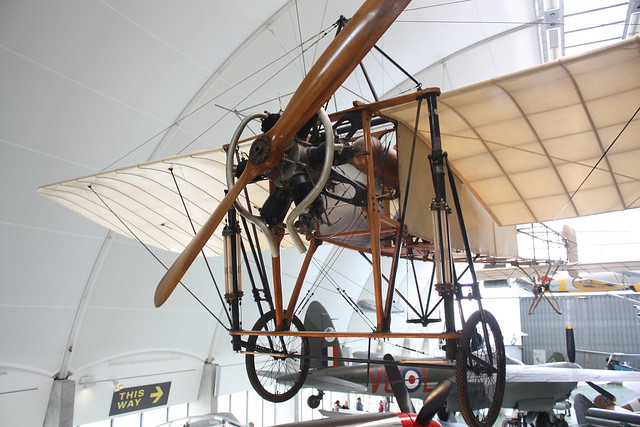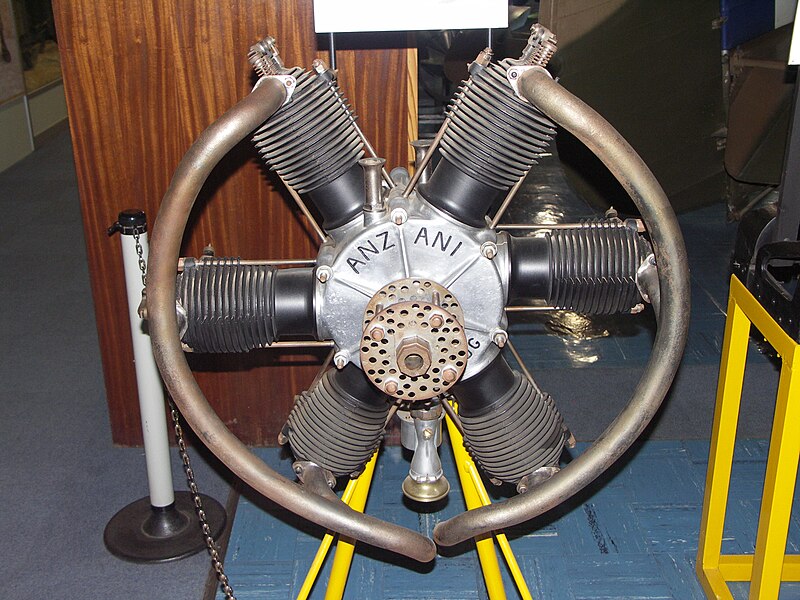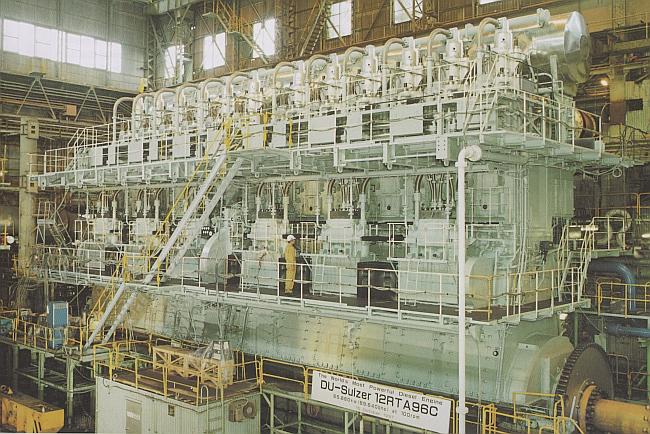While most radial engines have been produced for gasoline fuels, there have been instances of diesel fueled engines. The
Bristol Phoenix of 1928-1932 was successfully tested in aircraft and the
Nordberg Manufacturing Company of the US developed and produced a series of large radial diesel engines from the 1940s.
To reduce the danger of engine fires, in 1932 the French company Clerget developed the 14D, a 14-cylinder two-stroke diesel radial engine. After a series of improvements, in 1938 the 14F2 model produced 520 hp (390 kW) at 1910 rpm cruise power, with a power-to-weight ratio near that of contemporary gasoline engines and a
specific fuel consumption of 166 g/hp/hour. During WWII the research continued, but no engines were mass-produced because of the Nazi occupation, and by 1943 the engine had grown to produce over 1,000 hp (750 kW) with a
turbocharger. After the war, the Clerget company was integrated in the
SNECMA company and had plans for a 32-cylinder diesel engine of 4,000 hp (3,000 kW), but in 1947 the company abandoned piston engine development in favor of work on the emerging turbine engines.



